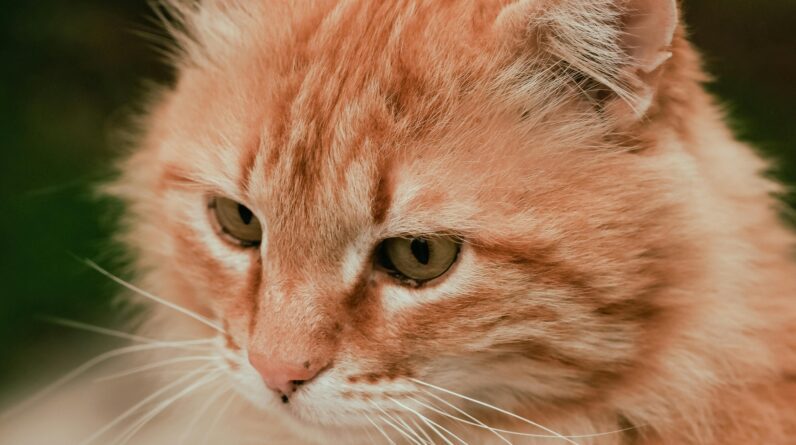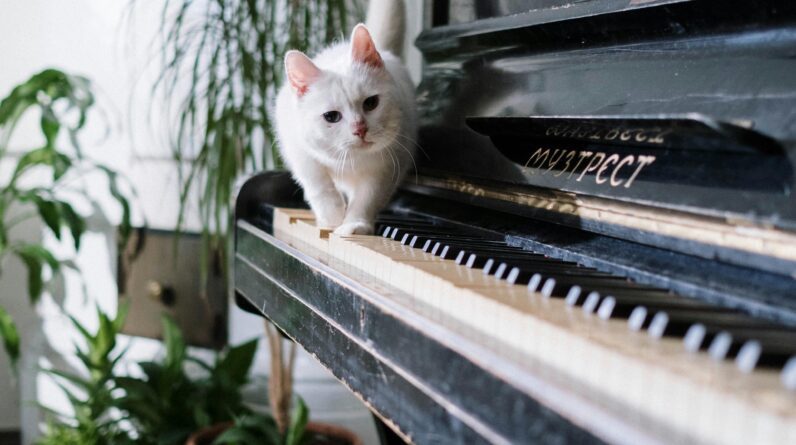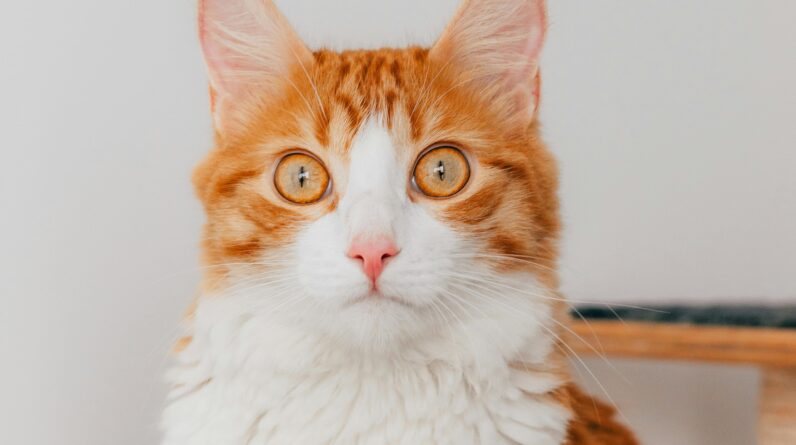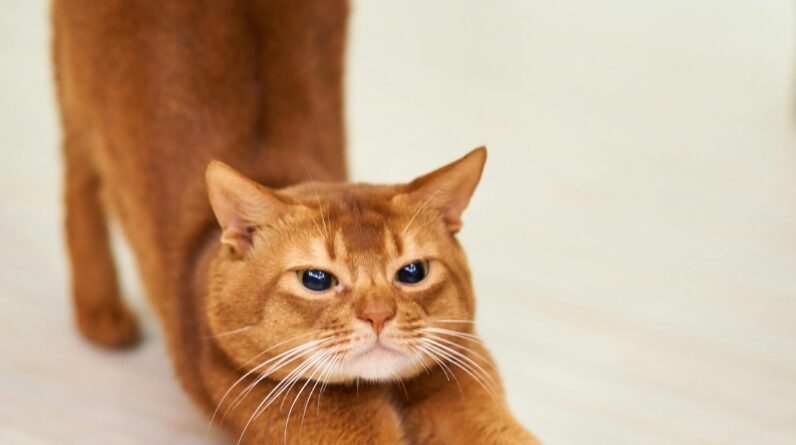
Did you know vet visits for your ginger pal can cost up to $80, and emergencies can hit thousands? 😮 But worry not! Pet insurance has got your back. For a tiny cost, avoid huge bills and keep your kitty healthy. Click here for peace of mind and endless purrs.
Hello there, fellow cat lover! Have you ever wondered about orange cats? They are known for their striking color and playful nature. But did you know that there’s something special about their gender?
Yes, it’s true! The gender ratio among orange cats is quite unique. You may have noticed that most of the orange tabbies you’ve seen are male. This isn’t just a coincidence; it’s all in the genes!
The fascinating world of cat genetics holds many secrets. In this section, we will explore why more males than females display this beautiful color.
Genetic Factors Behind Orange Fur


Genetics play a big role in determining cat fur color. For orange cats, it’s all about the X chromosome. Both male and female cats have chromosomes that determine their traits.
Male cats have one X and one Y chromosome (XY). Female cats, however, have two X chromosomes (XX). The gene responsible for orange fur is found on the X chromosome.
This gene is known as the *O* gene. It turns black pigment into orange pigment. Since males only need one copy of this gene to be orange (because they only have one X chromosome), it’s easier for them to display this trait.
Females need two copies of the *O* gene to be fully orange since they have two X chromosomes. If they get just one copy, they’ll usually show a mix of colors like tortoiseshell or calico patterns.
- *Male Orange Cats*: XY with O on their single X
- *Female Orange Cats*: XX needing O on both
Why Most Orange Cats Are Male
Have you ever wondered why most orange cats are male? It’s all about genetics! The gene responsible for orange fur is carried on the X chromosome. Male cats have one X and one Y chromosome (XY), while females have two X chromosomes (XX).
This means males need only one copy of the orange gene to display that lovely ginger color. Females, however, need two copies of this gene to be completely orange.
Since it’s rarer for a female cat to inherit two copies of the orange gene, more male cats end up with that fiery hue. This makes male ginger kitties much more common than their female counterparts.
- *Males*: One X chromosome with the O gene makes them fully orange.
- *Females*: Two X chromosomes require both to carry the O gene for full color.
Statistics on Female Orange Cats


Let’s dive into some interesting statistics on female orange cats! Did you know that only about *1 in every 5 orange cats* is female? That means roughly *80% of orange cats are male*. This statistic highlights how rare it is to find a ginger girl kitty.
For a female cat to be orange, both of her X chromosomes must carry the gene for orange fur. This genetic combination happens less frequently, making these kittens quite special!
If you’re lucky enough to have a female ginger cat, consider yourself fortunate. These unique felines are truly one-of-a-kind and often become the center of attention due to their rarity.
- *Females*: Only 20% of the orange cat population
- *Males*: Dominating with around 80%
Implications for Cat Breeders and Owners
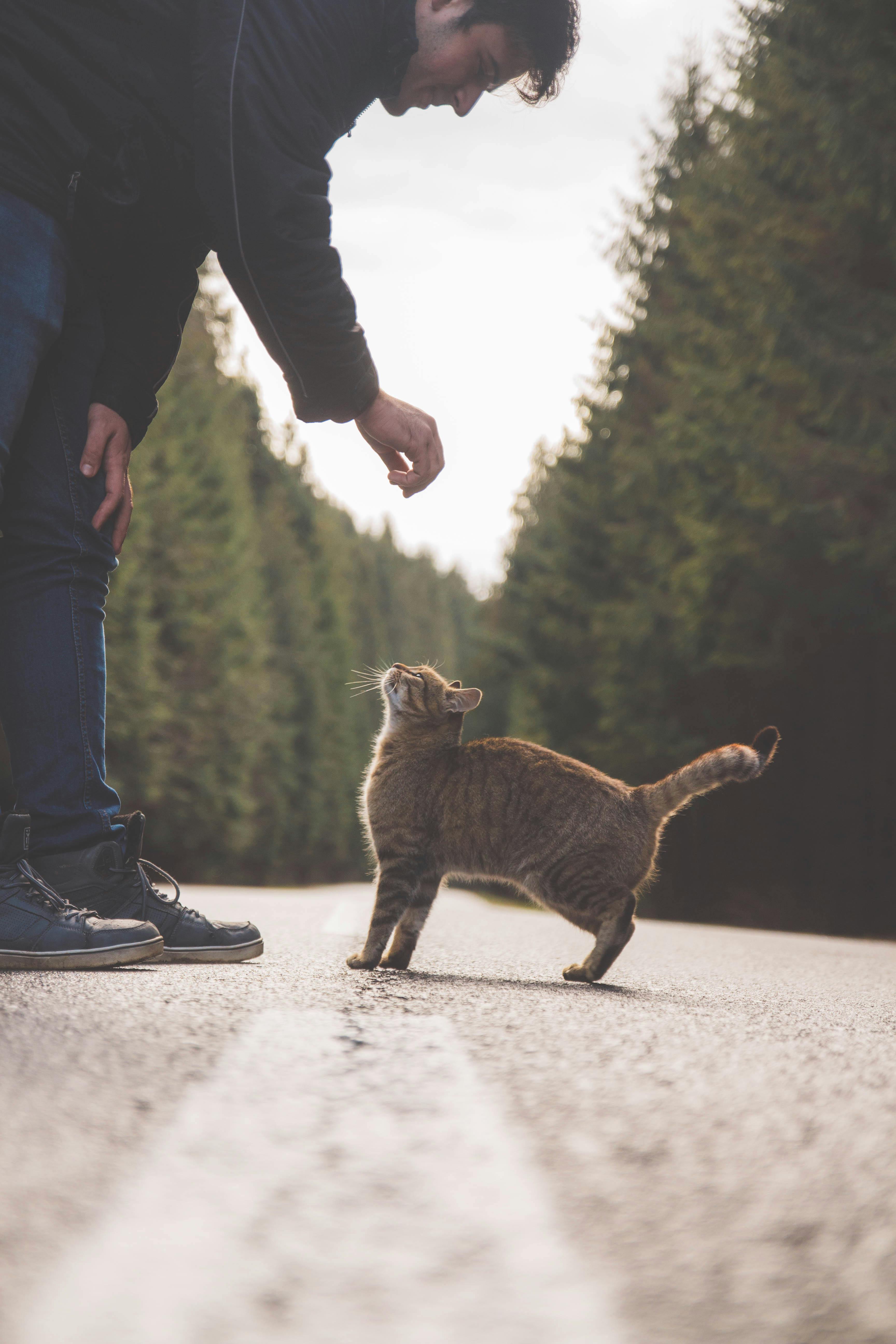

For cat breeders and owners, the gender ratio of orange cats has interesting implications. If you’re hoping for a female orange kitten, you might need some patience. Due to the rarity of these felines, breeders often find it challenging to produce ginger girls.
Breeders must understand genetics well to increase the chances of female orange kittens. They often pair specific cats based on their genetic makeup to achieve desired outcomes.
As an owner, having a female ginger cat can feel quite special! These kitties are unique in appearance and genetics. Their rarity might even make them more desirable among cat enthusiasts.
- *Breeding challenges*: Higher demand for females
- *Owner pride*: Rare and special companions
If you own or plan to breed these charming felines, consider pet insurance for their health needs. Did you know vet visits for your ginger pal can cost up to $80, and emergencies can hit thousands? 😮 But worry not! Pet insurance has got your back. For a tiny cost, avoid huge bills and keep your kitty healthy. Click here for peace of mind and endless purrs.



